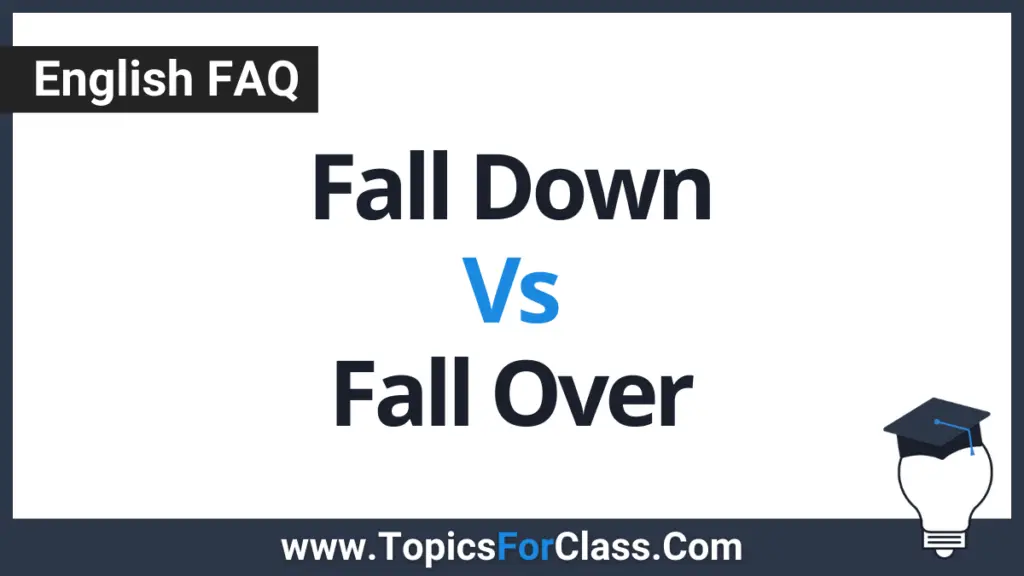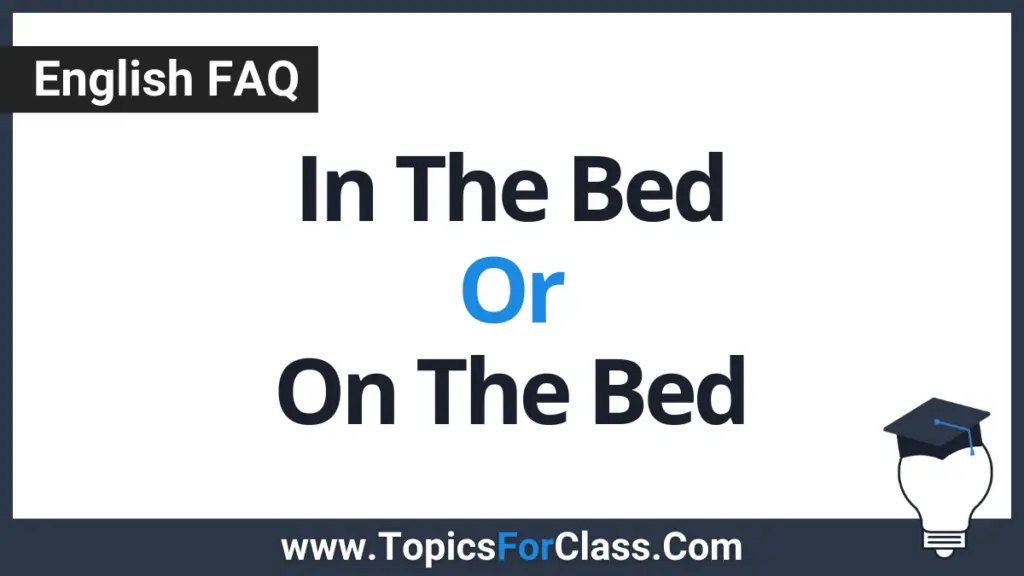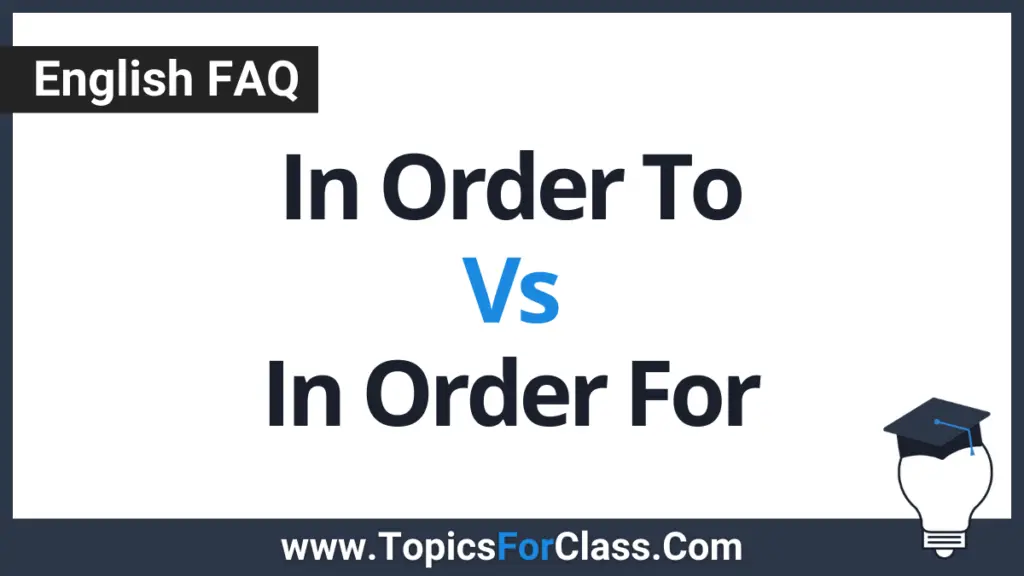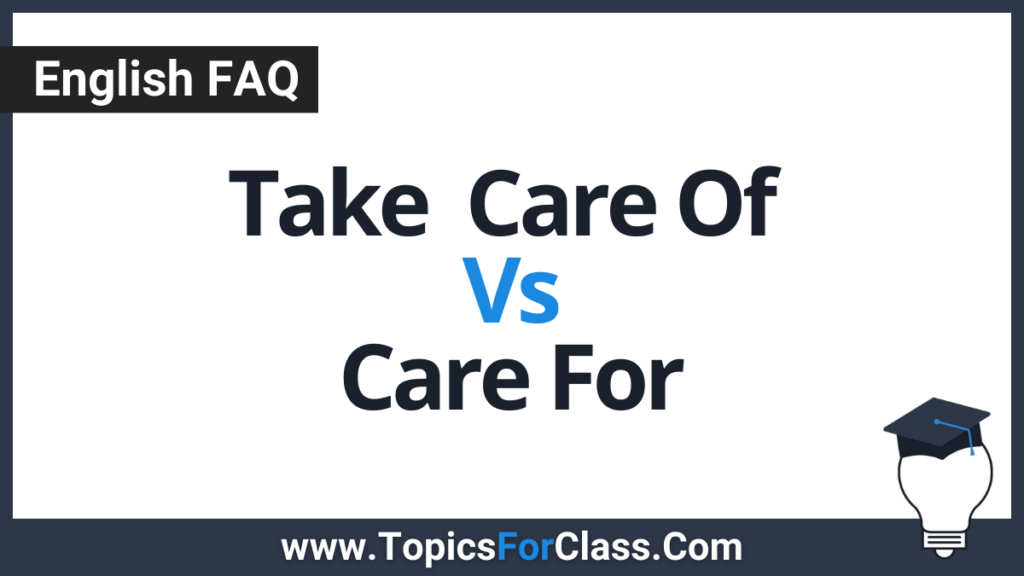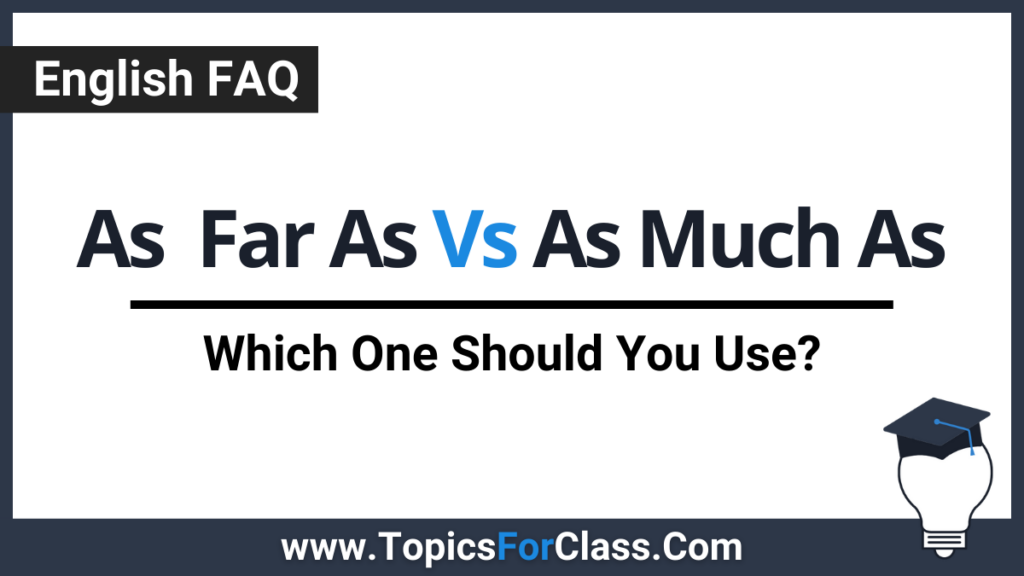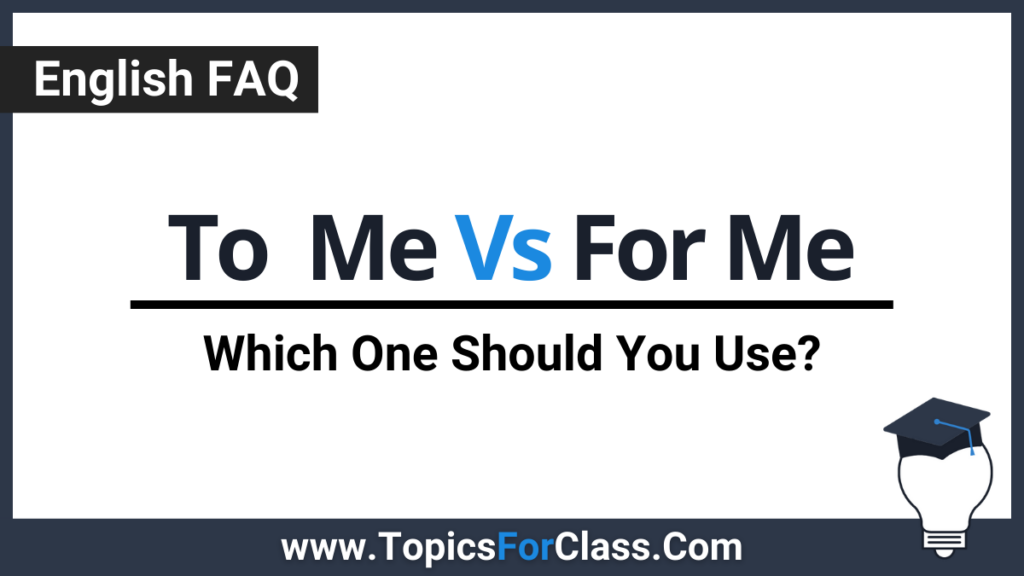The Difference Between Articles ‘A’ and ‘The’ And How To Use Them Correctly
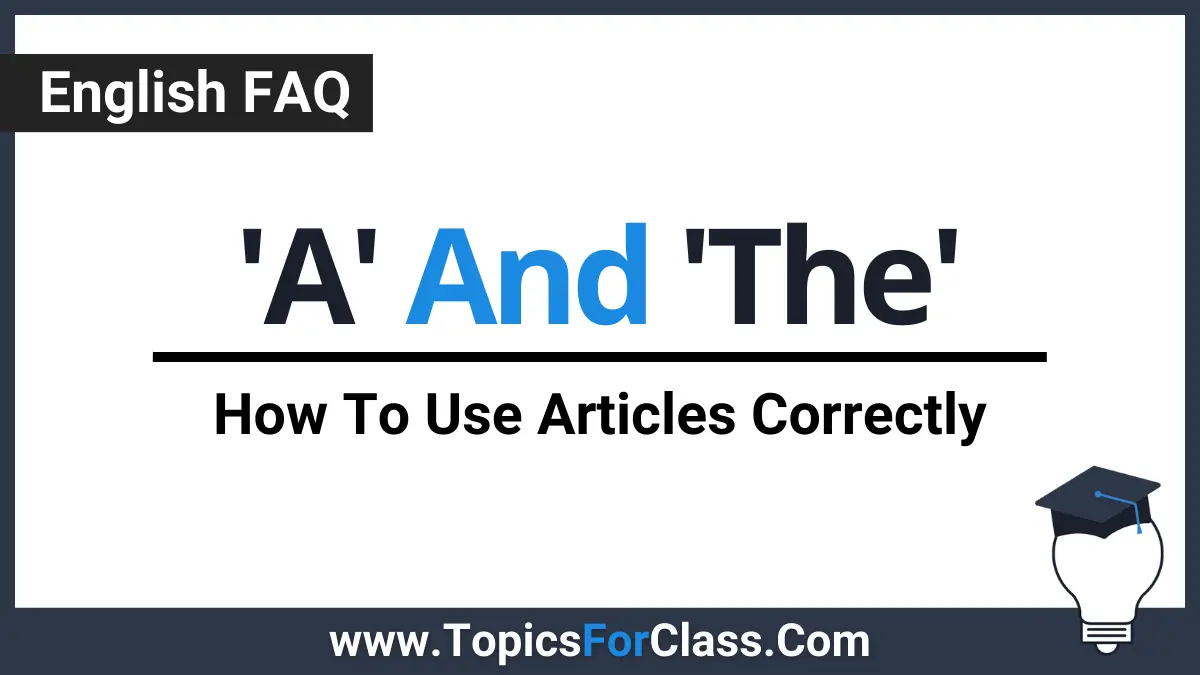
Probably one of the most difficult things for English language learners to master is the difference between articles ‘a‘ and ‘the‘. Native English speakers can use indefinite and definite articles naturally, without even thinking, but for non-native English speakers, using ‘a’ and ‘the’ correctly is often a continuing struggle.
In this detailed guide, we will demystify the difference between ‘a’ and ‘the’ and demonstrate how to use the indefinite and definite articles correctly. We will also provide lots of example sentences so you can see exactly how to use ‘a’ and ‘the’ in context.
The Difference Between ‘A’ and ‘The’
The difference between the indefinite articles ‘a/an’ and the definite article ‘the’ lies in the specificity of the nouns they modify. Indefinite articles ‘a/an’ are used when referring to a nonspecific member of a group or category. When you use ‘a/an,’ you’re not talking about a particular thing or person; rather, it could be any one of many. ‘A’ is used before words with a consonant sound, and ‘an’ is used before words with a vowel sound. On the other hand, the definite article ‘the’ is used to refer to something specific or unique. When you use ‘the,’ you’re talking about a particular thing or person that is known or has been previously mentioned.
‘A/An’ – Indefinite Articles
‘A’ and ‘an’ are indefinite articles. A/An should be used in the following situations:
- You’re introducing something new or nonspecific: e.g., She has a cat (it could be any cat).
- You’re talking about one of many: e.g., An apple a day keeps the doctor away.
- With certain expressions of quantity: e.g., a few, a lot, a couple.
‘A‘ is used before words that start with a consonant sound, e.g., a dog, a house, a unique opportunity. (Note that although ‘unique’ starts with a vowel, the ‘u’ in ‘unique’ is a ‘y’ sound, which is a consonant sound, and so we use ‘a’.)
‘An‘ is used before words that start with a vowel sound, e.g., an apple, an hour. (Note that although ‘hour’ starts with a consonant, it has a vowel sound, and so we use ‘an’.)
‘The’ – Definite Article
‘The’ is a definite article. The should be used in the following situations:
- You’re talking about something specific or unique: e.g., The sun rises in the east.
- Both the speaker and listener know what is being talked about: e.g., Close the door (when it’s clear which door).
- You’ve already mentioned the object before: e.g., I saw a movie. The movie was great.
When To Use A or The – Examples
Here are some example sentences that show whether to use ‘a/an’ or ‘the’. Each example is followed by an explanation demonstrating why that particular article was used:
- Sentence: “I bought a book yesterday.“
Explanation: ‘A’ is used because ‘book’ is nonspecific; it could be any book, and it hasn’t been mentioned before. - Sentence: “The book I bought yesterday is a thriller.“
Explanation: ‘The’ is used because the book is now specific and has been mentioned in a previous sentence. - Sentence: “She is an engineer.“
Explanation: ‘An’ is used because the profession is nonspecific; it refers to any occupation of an engineer, not a specific role or job. - Sentence: “The engineer who built this bridge is famous.“
Explanation: ‘The’ is used because we are referring to a specific engineer, the one who built a particular bridge. - Sentence: “I would like to visit a museum in Paris.“
Explanation: ‘A’ is used because the museum is not specified; it could be any museum in Paris. - Sentence: “The museum we visited in Paris was the Louvre.“
Explanation: ‘The’ is used because we’re referring to a specific museum, the Louvre, which both the speaker and listener are aware of. - Sentence: “Can you hand me a pen?“
Explanation: ‘A’ is used because the pen is nonspecific; it could be any pen, and no specific pen has been mentioned. - Sentence: “Please use the pen on the desk.“
Explanation: ‘The’ is used because the pen is specific, referring to a particular pen that is on the desk. - Sentence: “He is a great musician.“
Explanation: ‘A’ is used because the statement refers to any category of great musicians, not a specific individual known to the listener. - Sentence: “The musician we saw last night was incredible.“
Explanation: ‘The’ is used because we’re referring to a specific musician, the one both the speaker and listener saw last night.
A, An, or The – Practice Exercise
Here is a practice exercise about using indefinite and definite articles. For each question, choose either ‘a’, ‘an’, or ‘the’ to complete the sentence. You can check the answers below.
- _____ Eiffel Tower is one of the most famous landmarks in France. (a/an/the)
- I’m looking for _____ new laptop. Can you recommend one? (a/an/the)
- She wants to be _____ astronaut when she grows up. (a/an/the)
- _____ cat that lives next door always comes into our yard. (a/an/the)
- He’s reading _____ book about _____ ancient civilizations of South America. (a/an/the)
- Can you hand me _____ pen from the table? I need to write something down. (a/an/the)
- We went to _____ beach last weekend, and the weather was perfect. (a/an/the)
- During the hike, we saw _____ eagle soaring above _____ mountains. (a/an/the)
- They just opened _____ new Italian restaurant in town, and it’s next to _____ bank we usually go to. (a/an/the)
- When you travel to Japan, you must try _____ traditional tea ceremony. It’s an unforgettable experience. (a/an/the)
Wrapping Up
Learning the correct usage of ‘a/an’ and ‘the’ can initially be challenging, particularly for those whose native languages don’t have a similar concept. However, with regular practice, attention to context, and understanding the underlying principles of specificity, English learners can master this essential aspect of the language. Remember, it’s not just about grammar rules; it’s about conveying the right meaning, making your communication clear and precise. Whether you’re a teacher guiding students or a learner exploring English, keep these guidelines in mind, and the world of English articles will become a friendly terrain. Happy learning!

